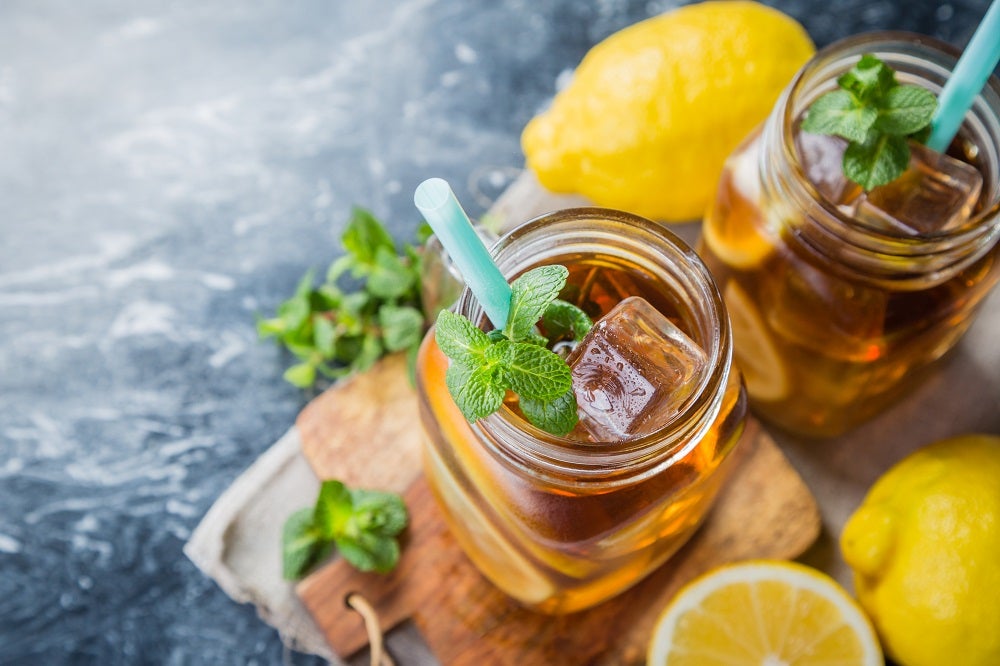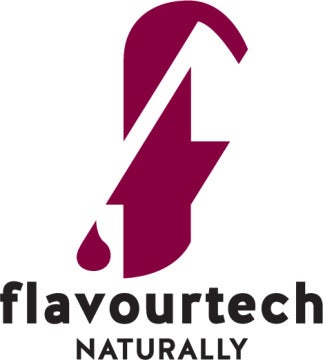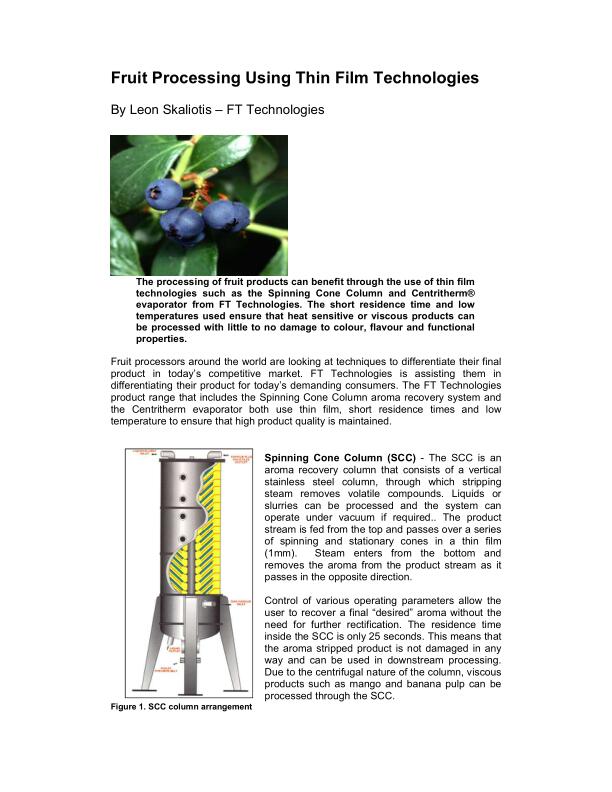
Which is more popular – tea or coffee? If you are solely looking at beverage consumption then tea wins, with tea beverages coming second only to water though coffee is in hot pursuit. There are many articles written about the health benefits of both, they seem to be popping up regularly in general and social media platforms. You may have also seen various celebrities or influencers promoting the benefits of a particular beverage online? Consumers have more choices than ever before with flavour options such as infused lemon, berry, vanilla or caramel, all providing options to eager drinkers.
The health aspects took a major trend upwards with the recent worldwide pandemic where there was a clear focus on one’s health and wellbeing. Consumers have sought certain products or ingredients over others in the aim of achieving that healthier option. In certain grocery stores, to simplify the shopping experience, dedicated sections for health-conscious shoppers have popped up where the shelves are full of items with the words “natural” and “organic” somewhere on the packaging. The thirst for healthier options with more products being available has resonated with the manufacturers as they are being more transparent and open with what they place on their label, a move towards a so-called “clean” label.
In some countries ready-to-drink (RTD) tea may have consisted of just water, sugar, tea flavours and a brown colouring agent (so as to mimic tea extract) but actually no tea extract, which means, no health benefits from the tea itself. Why not get the best tea flavours as well as the health benefits from the tea extract?
Australian manufacturer Flavourtech has been helping food and beverage companies provide the means to meet consumer demands, especially in tea and coffee industries. Their customers benefit from the extraction of the natural varietal flavours of the tea leaves and the single origin of the coffee beans from the raw materials themselves, when it is the freshest and best and provide the best tea and coffee extracts. Its Integrated Extraction System (IES) relies on the raw material, in the case of an RTD beverage, tea leaves or the roasted coffee beans and capturing the natural flavours of inherent of the estate or origin. The unique processing involves:
- Tea leaves or roasted coffee beans are milled under a blanket of cold water through the Slurry Preparation Module. The water acts as a carrier for these volatile aroma components and carries (with the slurry) to the Spinning Cone Column (SCC).
- Brewing or extraction temperatures of between 60-100oC occur in their unique Spinning Cone Column (SCC), for only 25 seconds. The slurry, consisting of the leaves or beans, water and captured aroma, pass through from the top of the column to the bottom in 25 seconds, steam under vacuum is used to brew the tea/coffee as well strip out the natural aroma from the leaves/beans and slurry where it leaves the SCC, condensed and stored in a chilled vessel.
- The slurry then enters a Clarification Module to separate the tea leaves or coffee beans from the aqueous extract.
- This extract can then be used for RTD with the natural flavours (captured as shown above) added back to produce a full-flavoured beverage or can be concentrated through Flavourtech’s unique Centritherm® evaporator (CT) to produce a concentrate. The CT has only 1 second heat contact time on the product and the low evaporation temperature of 50°C means no damage to the tea/coffee colour, bioactives or the flavours through “burnt” notes being introduced.
- The tea or coffee concentrate and their associated natural aroma may also easily be transported to a bottling facility where it can be recombined to again produce the highest quality RTD beverage.
- The tea or coffee concentrate can also be mixed with the aroma and spray or freeze dried to produce a powder with the highest level of tea or coffee flavours.
- The temperature of the column (and steam temperature) can be adjusted to suit the tea and the consumer demand. For example, for green tea extracts, the temperature can be reduced to 65°C or 75°C to suit the consumer taste preference.
- The IES can also handle cold-brew tea or coffee quickly, automated and continuously producing consisting results.
The flavour of the final RTD product will, of course, depend on how the tea, for example, was processed as shown above, however, it will also depend on the raw material itself – the location of where the plant was grown, how the leaves or flowers were picked – and how was it processed (steamed, pan-fried, oxidised, etc). All of the above will determine the complex flavours produced, that is, the extent of the floral and fruity notes that are present which most of the tea drinker appreciate. If having a freshly brewed tea then these notes are generally available and are enjoyed. If on the other hand, the tea is in the form of a RTD or powder, then most likely, these light, delicate floral and fruity notes characteristic of their estate or origin are no longer present or are weak. The IES process overcomes this aroma loss by capturing the notes upfront and when placed back just before the bottling step, provides the highest quality (flavours and extract) to be appreciated by the consumer – a win to the drinker.
One outstanding trend that has emerged from the pandemic is an interest in healthy living – eating and drinking well and exercising. Consumers staying on top and taking control of what they can. They are doing this by demanding natural and clean products, hopefully the manufacturers listen and act quickly. Using Flavourtech’s Integrated Extraction System is providing many beverage and flavour producers the flexibility they need to meet varying consumer demands in both domestic and export markets.
For further details, please visit Flavourtech.com



